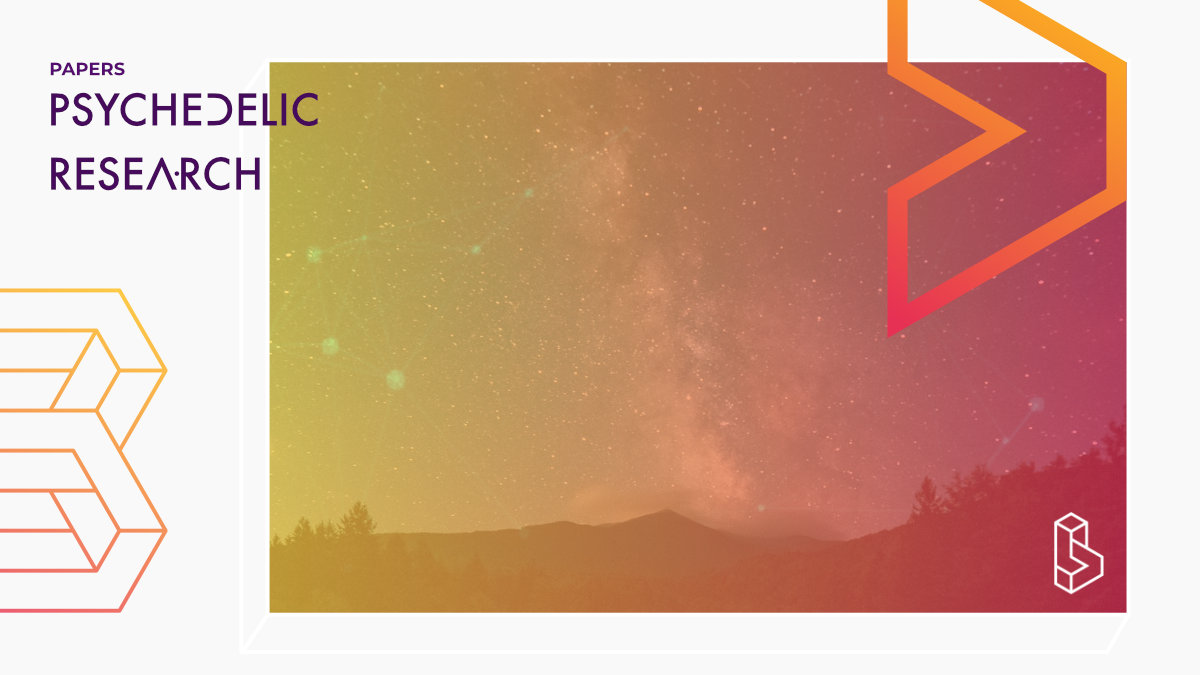This economic analysis (2022) finds that esketamine nasal spray (Spravato) is not cost-effective as compared to intravenous (racemic) ketamine for patients with treatment-resistant depression. The analysis uses quality-adjusted life years (QALYs), a common measure of added good years, and finds that esketamine and ketamine both add about two QALYs, but that the costs of the former are disproportionally higher.
Abstract
“Objective The aim of this study was to estimate the cost-effectiveness of esketamine nasal spray relative to intravenous ketamine for patients with treatment-resistant depression (TRD) in the US.
Methods We used a Markov model with a 1-month cycle length, and we estimated quality-adjusted life years (QALYs), costs (2020 USD), and incremental cost-effectiveness ratios (ICER) of esketamine relative to ketamine over a 3-year time horizon, from both the healthcare sector and patient perspectives. We ran the model using efficacy estimates from both clinical trial and real-world effectiveness (RWE) data. One-way and probabilistic sensitivity analyses (PSAs) were performed to evaluate the robustness of findings.
Results Over a 3-year time horizon, the use of esketamine yielded 1.98 QALYs (RWE/clinical trial efficacy), and the use of ketamine yielded 2.03 QALYs (clinical trial efficacy) or 1.99 QALYs (RWE). Esketamine was dominated by ketamine using the healthcare perspective. ICERs were above $150,000/QALY threshold with the patient perspective. Under the healthcare perspective, PSA showed there are no scenarios where esketamine was cost-effective compared to ketamine. With the patient’s perspective, the probability that esketamine was cost-effective compared to ketamine was 0.0055 (clinical trial efficacy) and 0.35 (RWE).
Limitations The data utilized for efficacy have limitations. The time horizon may fail to capture longer-term costs and benefits.
Conclusions In this decision analytic model evaluating esketamine versus ketamine for TRD, we found esketamine unlikely to be cost-effective under a healthcare sector perspective. Under a patient perspective, esketamine had similar effectiveness and was less costly than ketamine due to insurance coverage.”
Authors: Madeline Brendle, Reid Robison & Daniel C. Malone
Study details
Compounds studied
Ketamine
Authors
Authors associated with this publication with profiles on Blossom
Reid RobisonReid Robison is CMO at Novamind.
Institutes
Institutes associated with this publication
NuminusNuminus is a Canadian company trying to create a platform for the therapeutic use of psychedelics. Working together with researchers, yet also wanting to see how to make it commercially viable. The two founders both came here from personal experiences.

